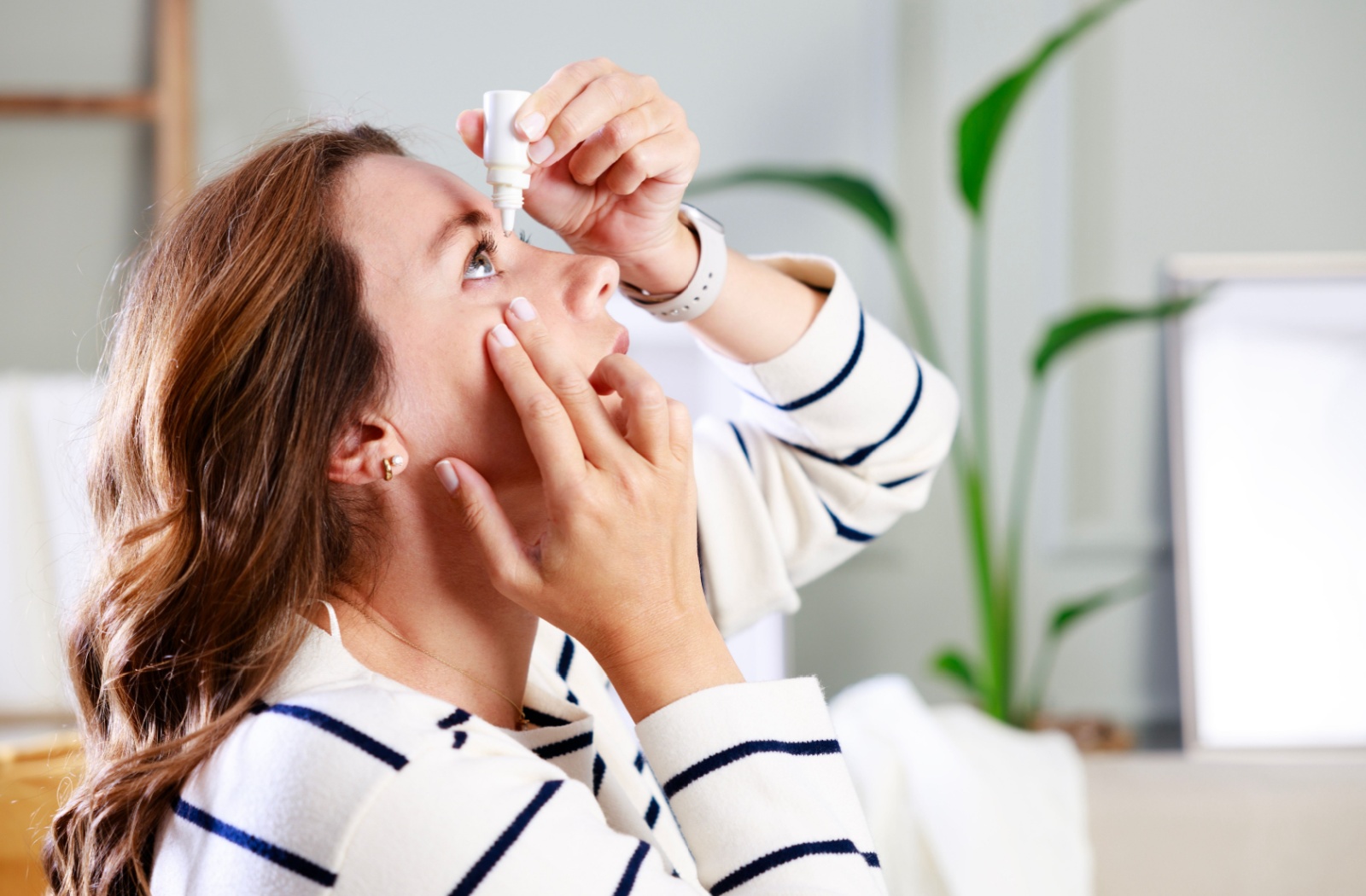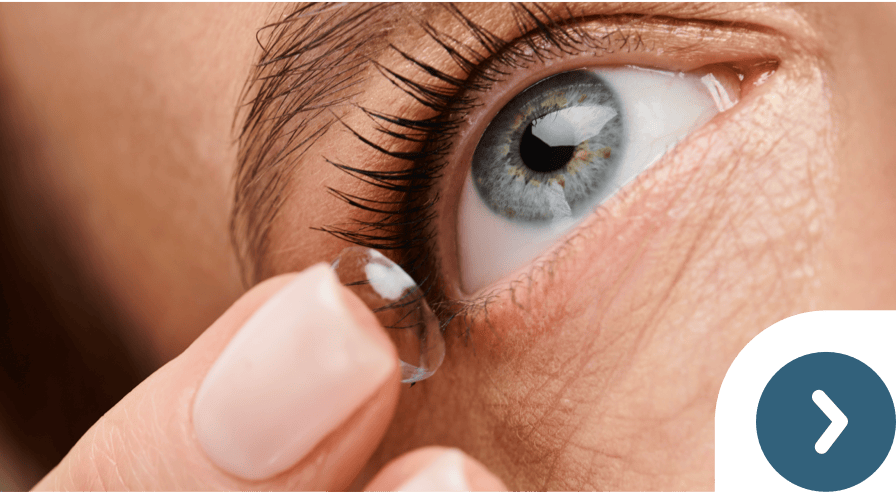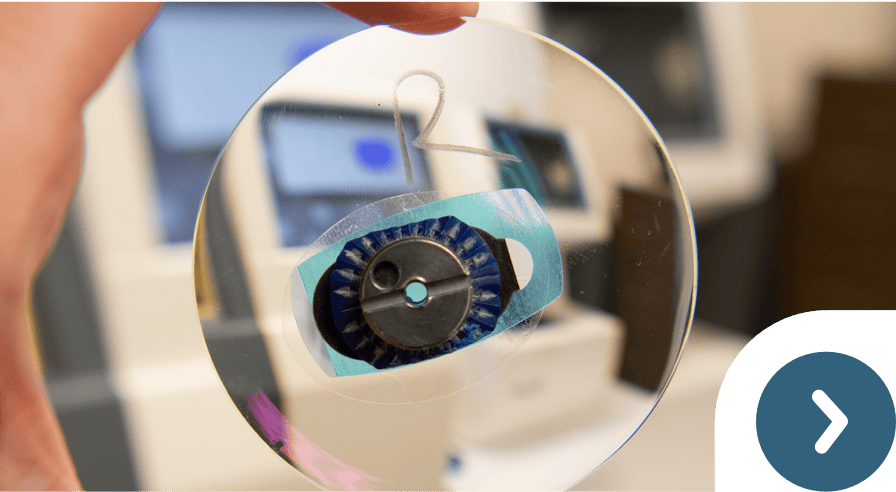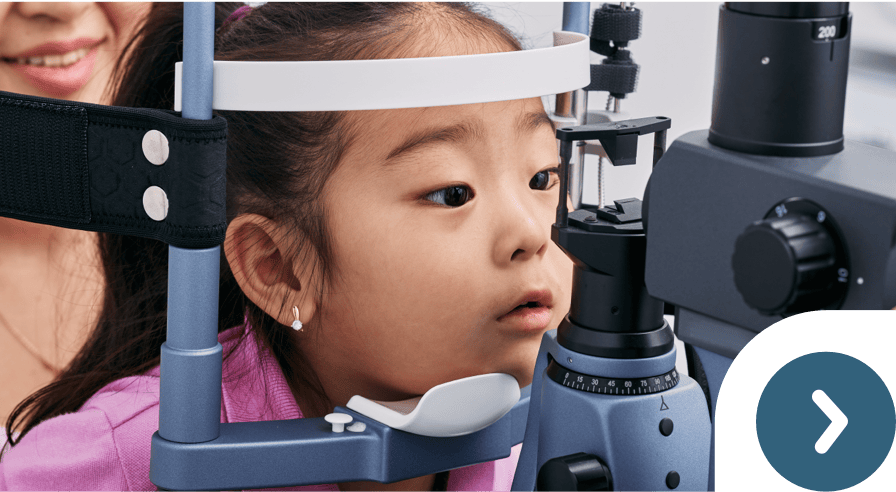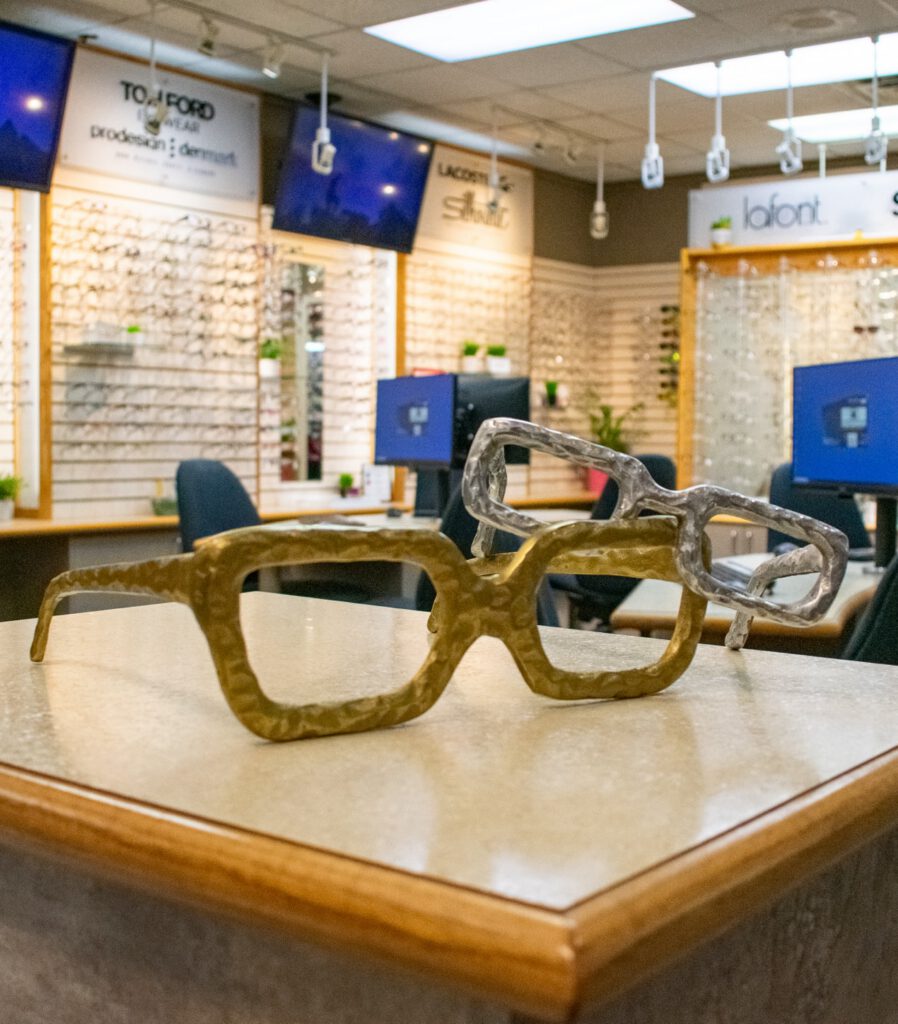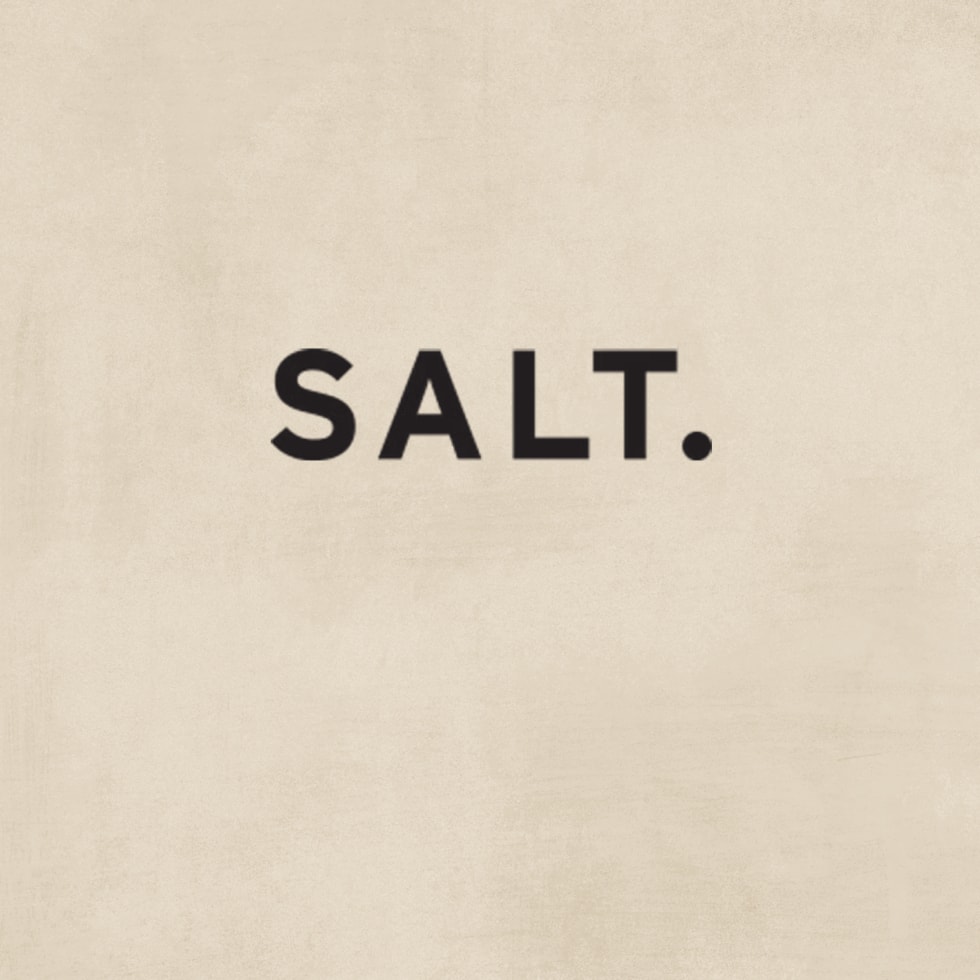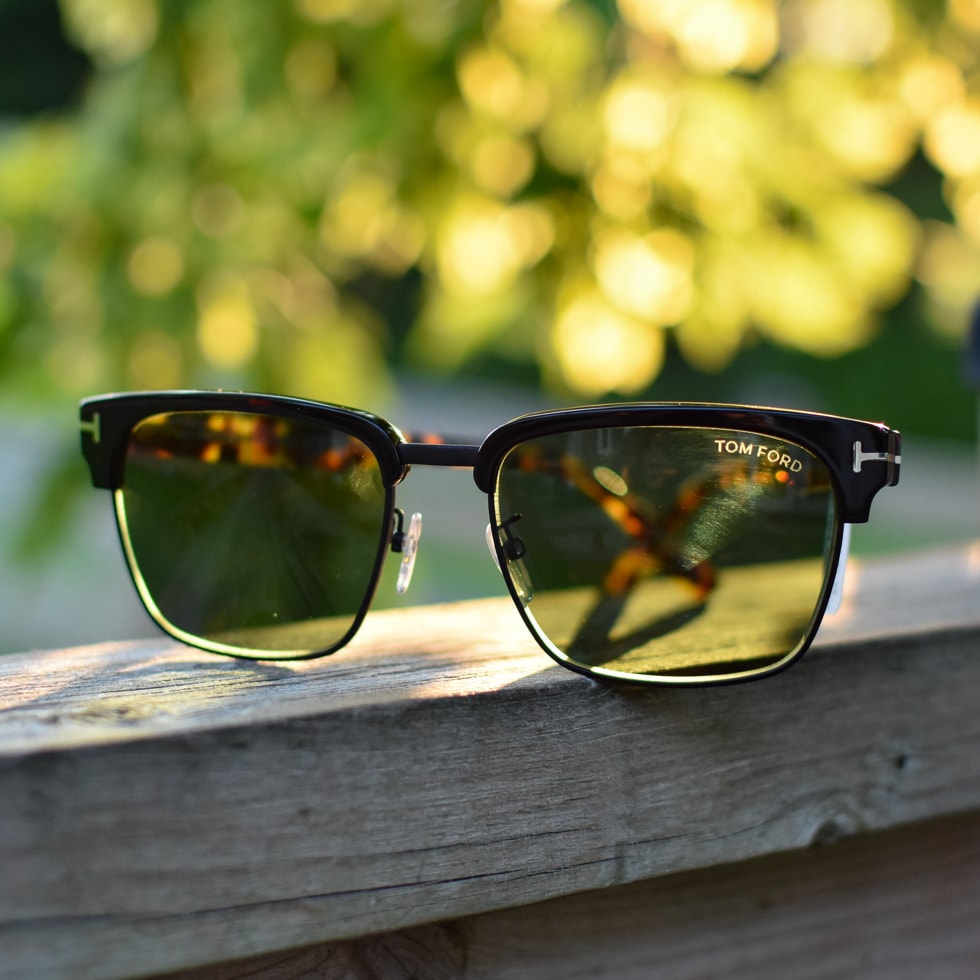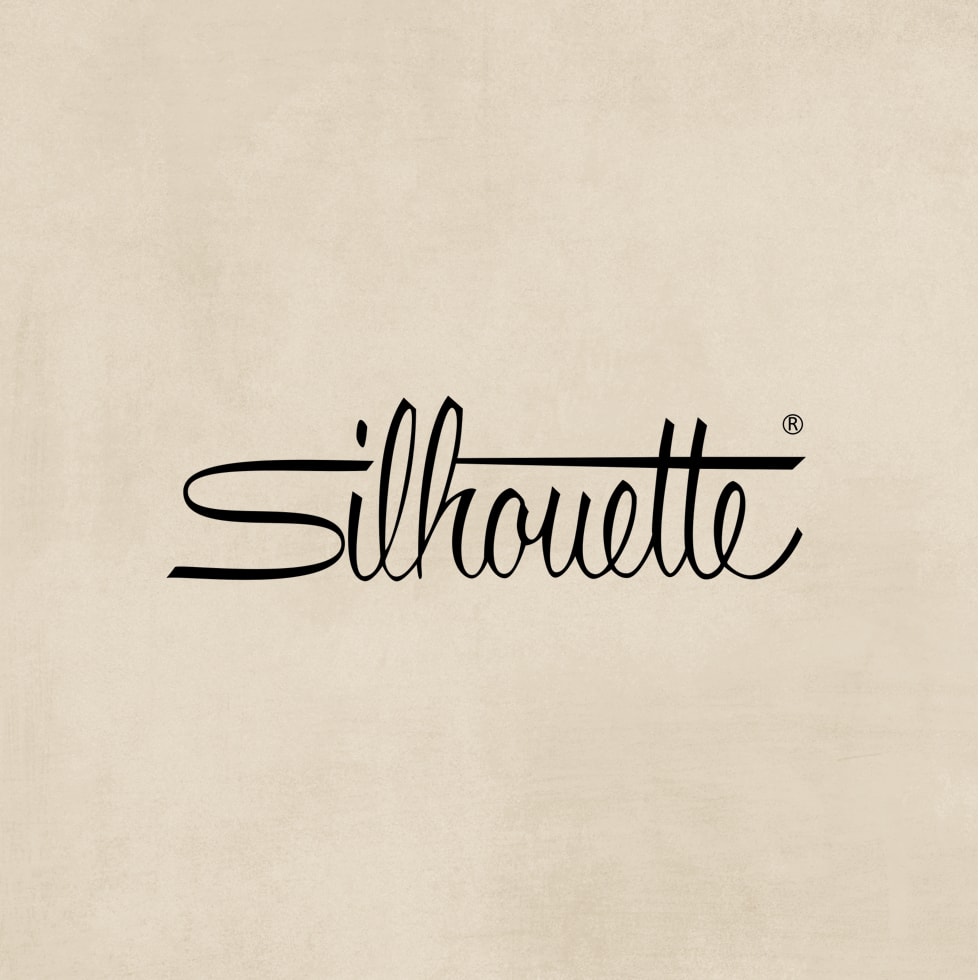Dry eye syndrome can be uncomfortable and disruptive to your eye health, affecting millions of people worldwide. Whether you’re dealing with persistent dryness, redness, or irritation, finding relief often starts with the right type of eye drops. These tiny bottles of liquid comfort can make a significant difference when chosen and used correctly.
Types of eye drops for dry eye relief include:
- Lubricating eye drops
- Hydrating gels and ointments
- Antihistamine eye drops
- Lipid-based eye drops
- Prescription eye drops
- Multi-purpose eye drops
The right type for you will depend on the severity of the condition and its cause, health needs, and personal preferences. Discussing options with your eye doctor can help you find the right fit.
Understanding Dry Eye Syndrome
First, let’s define what we’re dealing with. Dry eye occurs when your eyes don’t produce enough tears or when the tears evaporate too quickly due to poor quality. This can lead to symptoms such as discomfort, redness, blurred vision, and even a gritty or burning sensation.
Eye drops mimic the natural moisture your eyes need, providing a simple yet effective form of dry eye treatment.
Types of Eye Drops for Dry Eye Relief
Whether you’re buying over-the-counter drops or seeking specialized recommendations, several types of eye drops are available based on the cause and severity of your symptoms.
1. Lubricating Eye Drops
Lubricating eye drops, also known as artificial tears, are one of the most common options for dry eye sufferers. They replace the missing moisture in your eyes, offering quick relief for mild to moderate symptoms.
- Best for: Temporary relief from occasional dryness or irritation.
- Key Ingredients: These drops may include glycerin, carboxymethylcellulose, or hydroxypropyl methylcellulose.
Tip: Look for preservative-free options if you plan to use them multiple times a day, as preservatives can irritate sensitive eyes.
2. Hydrating Gels & Ointments
If your dry eye symptoms are more persistent, hydrating gels or ointments might be a better choice. These products are thicker than typical eye drops, providing longer-lasting relief.
- Best for: Severe dryness, particularly at night.
- Key Feature: They coat the eyes’ surface and keep them moisturized for extended periods but may cause temporary blurred vision due to their consistency.
3. Antihistamine Eye Drops
For dry eye caused by allergies, antihistamine eye drops can relieve dryness, itching, and redness. These drops target allergic reactions, which are a common trigger for dry, irritated eyes.
- Best for: Seasonal or allergy-related dry eye.
- Key Ingredients: Antihistamines like ketotifen work by blocking allergic reactions in your eyes.
4. Lipid-Based Eye Drops
Lipid-based drops help improve the quality of the tear film by replenishing the oily layer, which is essential for preventing quick tear evaporation. These are often used for people whose dryness is caused by issues with the oil glands in their eyelids (known as Meibomian gland dysfunction).
- Best for: Evaporative dry eye and gland-related issues.
- Key Feature: These drops provide long-term stability for your tears, reducing evaporation.
5. Prescription Eye Drops
If over-the-counter options don’t resolve your symptoms, a doctor might recommend prescription eye drops. These are formulated to address underlying causes of dry eye rather than just treating the symptoms. Examples include:
- Cyclosporine (Restasis): Reduces inflammation and helps your eyes produce more natural tears.
- Lifitegrast (Xiidra): Targets specific proteins involved in inflammation to provide relief.
- Steroid Drops: Often used for short-term relief in cases of severe inflammation.
- Best for: Chronic or severe dry eye conditions that require targeted treatment.
6. Multi-Purpose Eye Drops
Some products on the market serve dual purposes—they’re designed for both dry eye relief and other common issues, such as redness or sensitivity. These can be a versatile option for occasional users who want an all-in-one solution.
- Best for: Mild and occasional dryness with additional symptoms like redness.
How to Choose the Right Drops
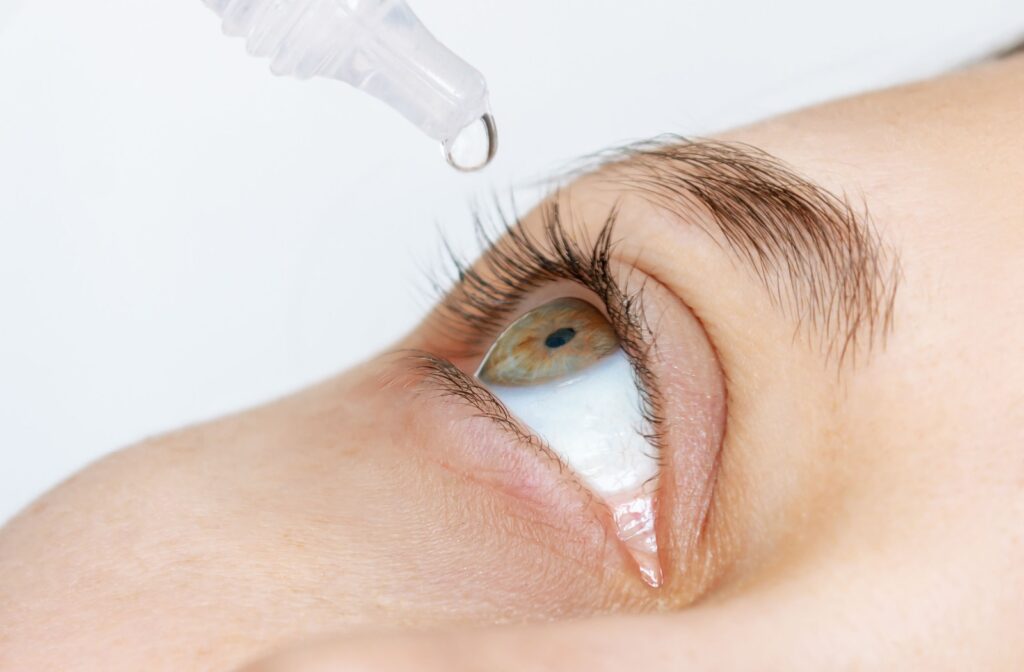
Choosing the right eye drops depends on the underlying cause of your dry eye symptoms and the severity of your condition.
- Mild Symptoms: Start with basic lubricating drops or preservative-free artificial tears.
- Moderate Symptoms: Upgrade to hydrating gels or lipid-based drops for more sustained relief.
- Chronic or Severe Symptoms: Consult an optometrist for prescription-strength treatments or a tailored solution.
- Allergy-Related Symptoms: Opt for antihistamine drops to alleviate itchiness and dryness caused by allergies.
Tips for Using Eye Drops Effectively
To get the most out of your eye drops, follow these tips:
- Read the instructions carefully, and follow the recommended dosage.
- Wash your hands before applying drops to avoid introducing bacteria to your eyes.
- Tilt your head back slightly, and gently pull down your lower eyelid to create a small pocket for the drops.
- Use only one drop at a time, and blink gently to spread the solution across your eyes.
If your symptoms persist or worsen, it’s essential to consult an optometrist.
Need to Book an Appointment?
Eye drops are a powerful tool for dry eye relief, offering various options for different needs. Whether you’re looking for quick hydration, allergy relief, or long-term solutions, there’s a product designed to help you feel more comfortable.
If you’re unsure which eye drops are best for you, or if you need further guidance on dry eye treatment, don’t hesitate to reach out to our team at Westmount Optometrists. Your eyes deserve the best care!

